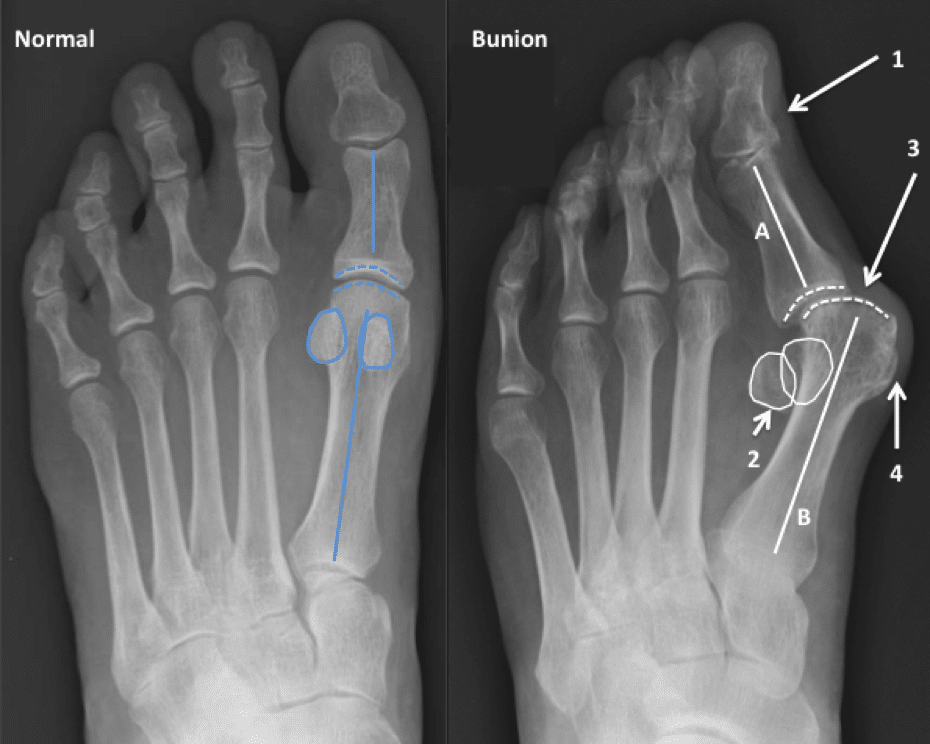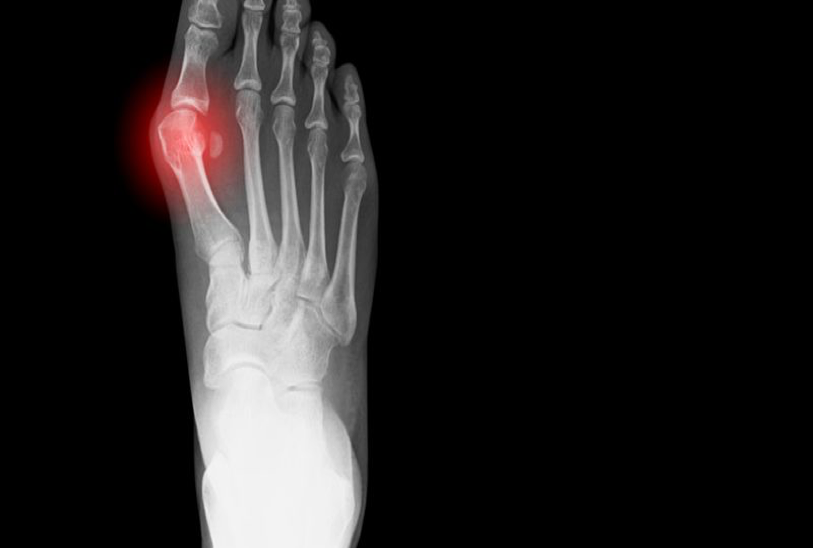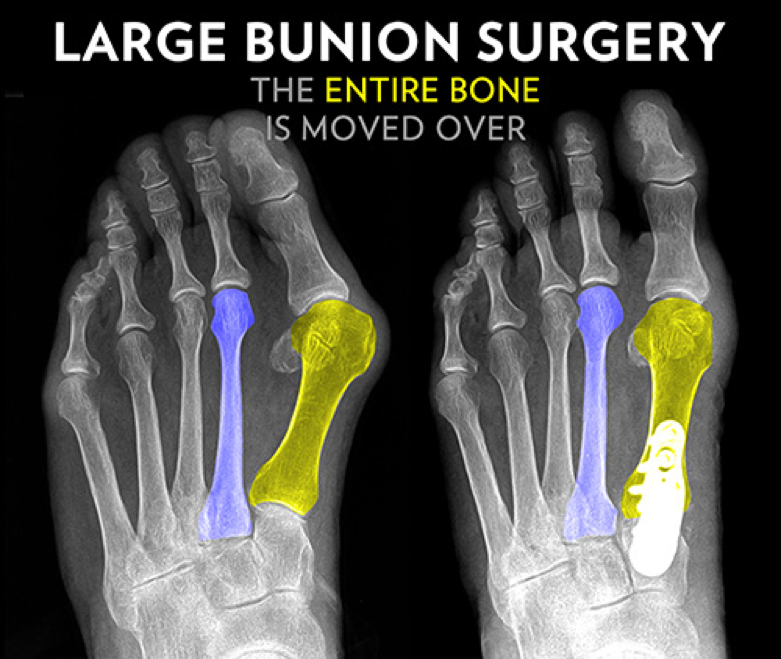Bunions: A Brief Overview & What to Expect

When it comes to bunions, there are many different types. In terms of their severity, bunions can be classified into a mild, medium, large, and severe – all of which are part of the continuum of deformity. Studies have shown that these deformities generally occur in women, more than men and that they can also be congenital in nature — those that are, generally occur during teenager years. Bunions occurring later life are typically caused by a combination of genetics and improper shoe wear. It is estimated that at some point in their lives, 88% of women will have worn improper shoes. Footwear choices can make all the difference when it comes to bunion management and overall foot health.
For guidance on how to select a shoe that will best protect your feet and help prevent injury, read our blog: How Injury Prevention Starts with Your Shoes.
Bunions can initially cause pain because the medial eminence ( the bony inner side of the upper foot) is rubbing against a shoe. However over time, because the first metatarsal phalangeal joint subluxes arthritic (toe bone) dislocates, changes in the foot will start to occur and irreversible joint damage will eventually take place. The good news is that bunions can be fixed, and the right time to fix a bunion, is when it starts to hurt.
When a bunion becomes painful, this means arthritis is starting to set in. If the joint is left out of position, more arthritic changes will occur and there will still be pain (even after fixing) because the joint now has significant degenerative changes. There are over one hundred described techniques to fix a bunion. What this means is that no one particular technique works better than the other, since there are many different kinds of bunions and each needs to be addressed on an individual basis.
Fixing a bunion requires fixing the soft tissues as well as the bony deformity. For smaller bunions, surgical treatment can be performed around the big toe joint and once complete, an pins can be placed to mobilize the bone. A few weeks post-operation, a foot and ankle surgeon, specialist or physician will remove these pins so no hardware remains in the foot and to allow the bone to heal adequately. For larger bunions, correction needs to be done at the midfoot level. Similarly to smaller bunions, larger bunions surgical procedure can utilize pins to stabilize the foot, however, for larger bunions, a surgeon will often leave the hardware in the foot because the hardware is needed to hold the bone correction until the bones heal.
How Long Does It Take A Bunion To Heal?
Bone healing takes approximately six weeks, so limitations on weight bearing will be in place for that period of time. Physical therapy may be needed if joints are stiff. Once six months to a year of healing has occurred, hardware for larger sized bunions can be removed if it is symptomatic. As more advanced implants are developed, there has been a trend to fix bunions via minimally invasive techniques. This tends to lead to less scaring and quicker recovery. It generally takes about six weeks for the bones to heal enough to be weight bearing; however, newer implants are allowing earlier weight bearing as well.
What Are The Complications of Bunion Surgery?
Complications from bunion surgery include stiffness and recurrence. Recurrence generally occurs if the wrong bunion procedure is chosen for a particular bunion.
Schedule an Appointment With Seaview Orthopaedics in NJ for Bunion Treatment
If your bunions are affecting your daily life, our foot and ankle specialists at Seaview Orthopaedics can diagnose the type, the severity and create a personalized treatment plan to get you back on your feet. Book an appointment online with one of our expert surgeons at any of our six New Jersey office locations or give us a call at 732-660-6200 today.
Related Articles:
Meet Dr. Aron Green
Dr. Green specializes in all aspects of care of the foot and ankle including total ankle arthroplasty, post traumatic and congenital reconstruction, reconstruction of acquired deformities, sports injuries, and diabetic/rheumatologic foot care.




